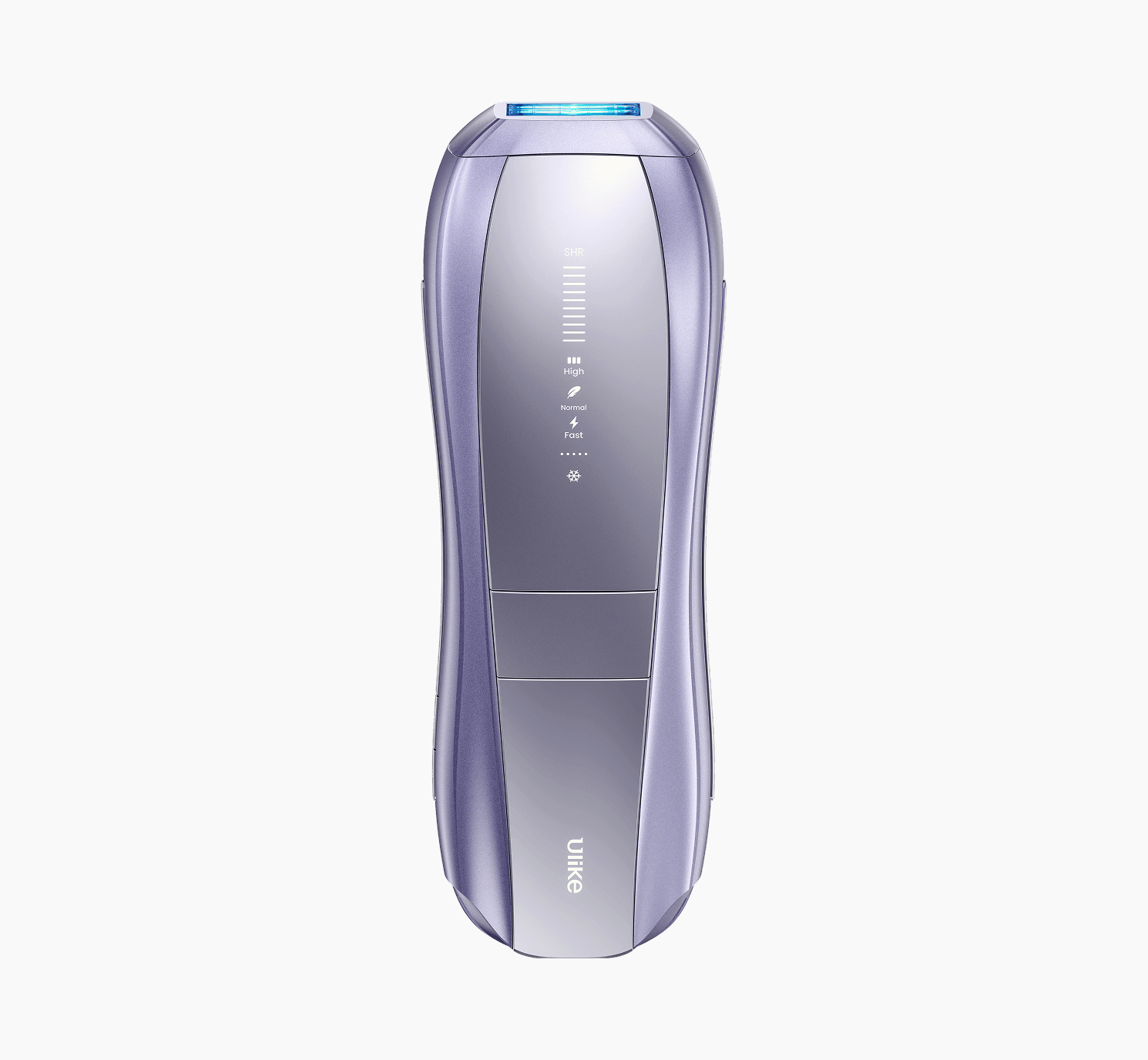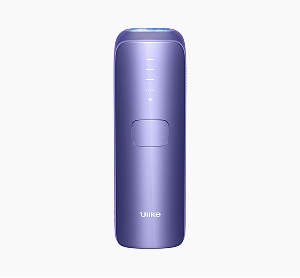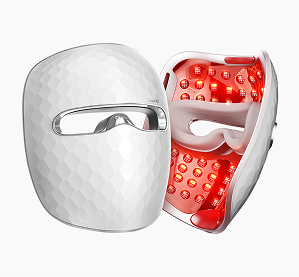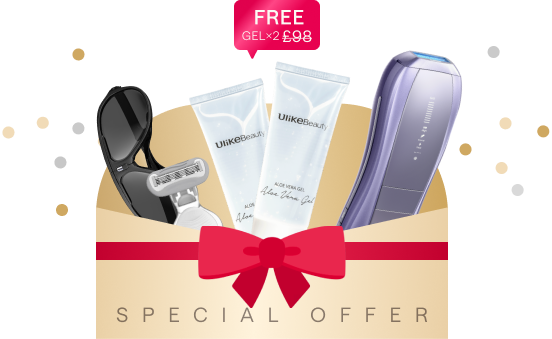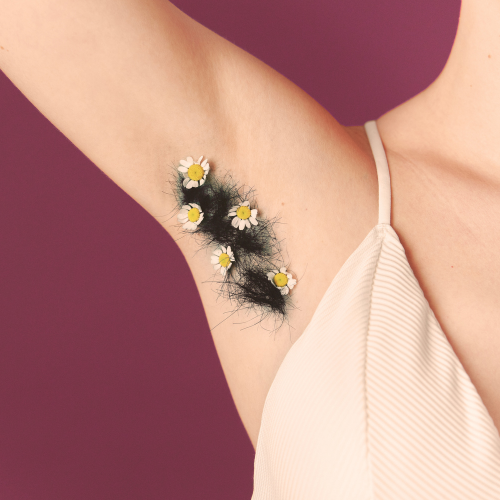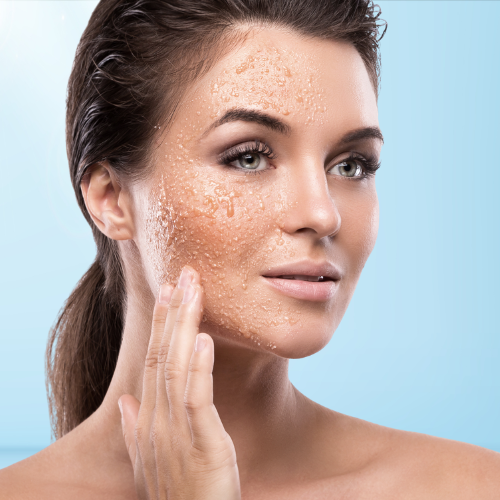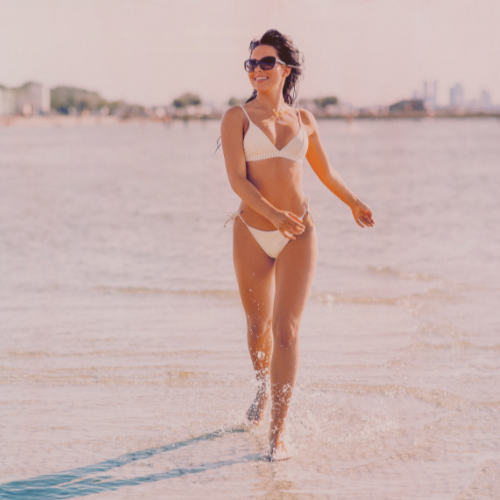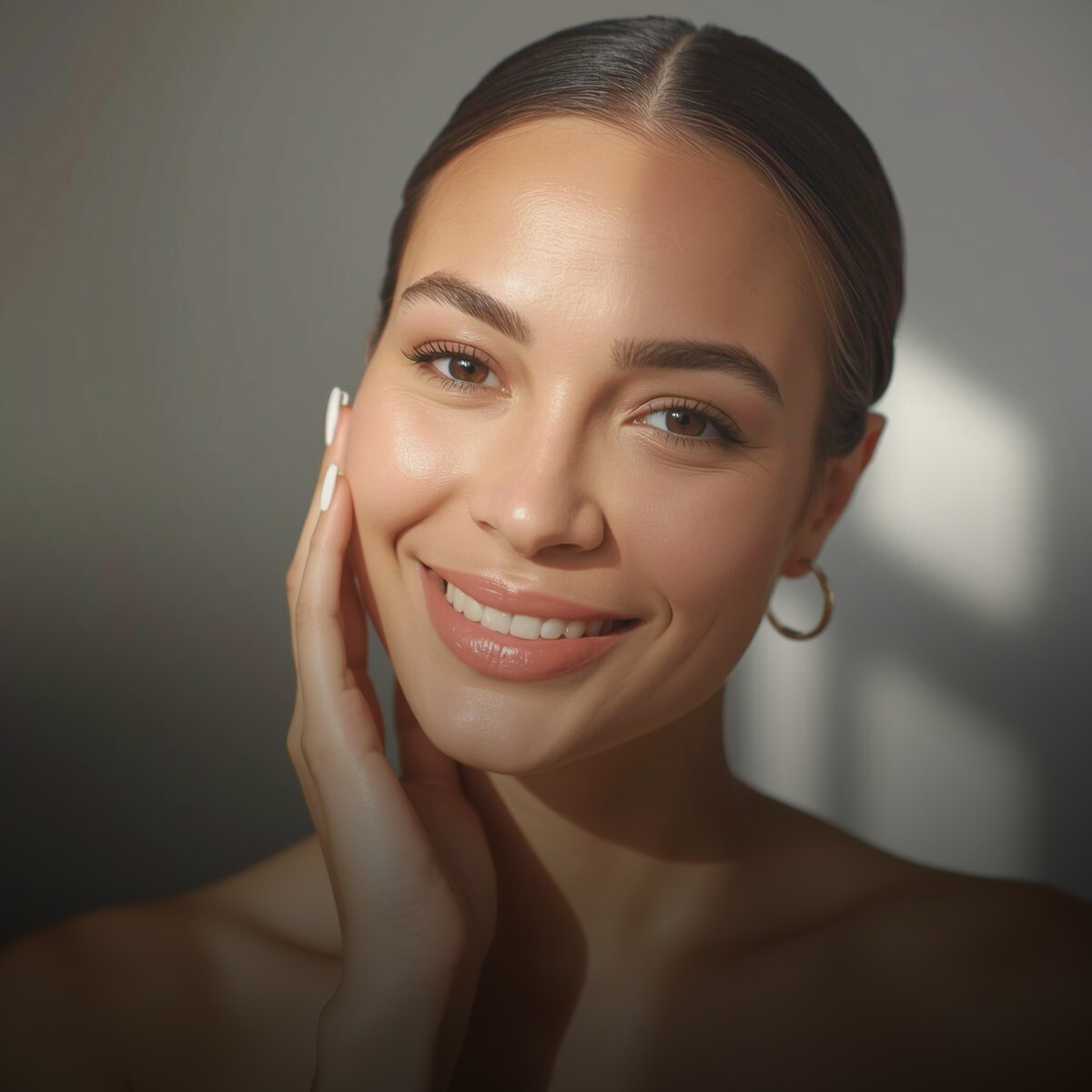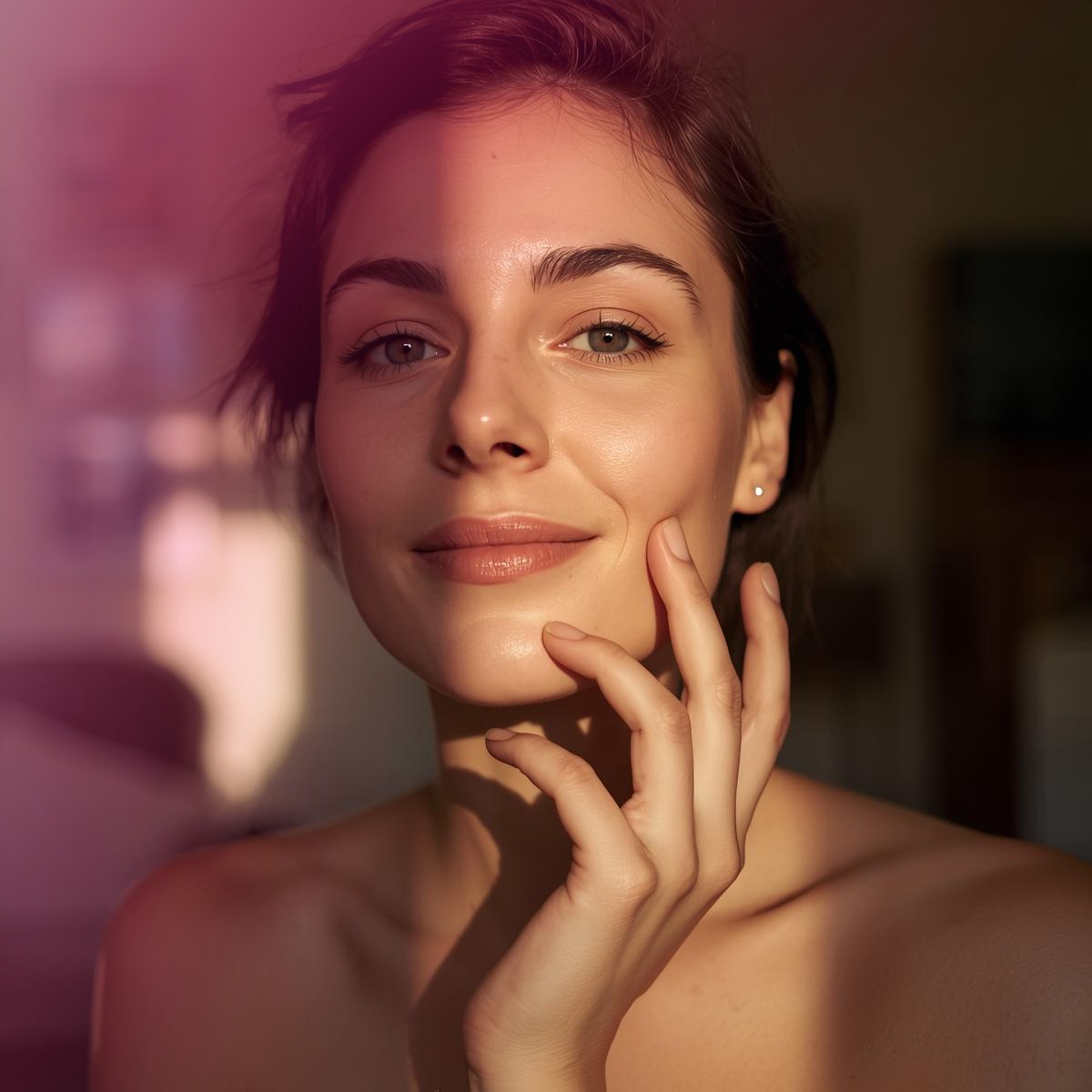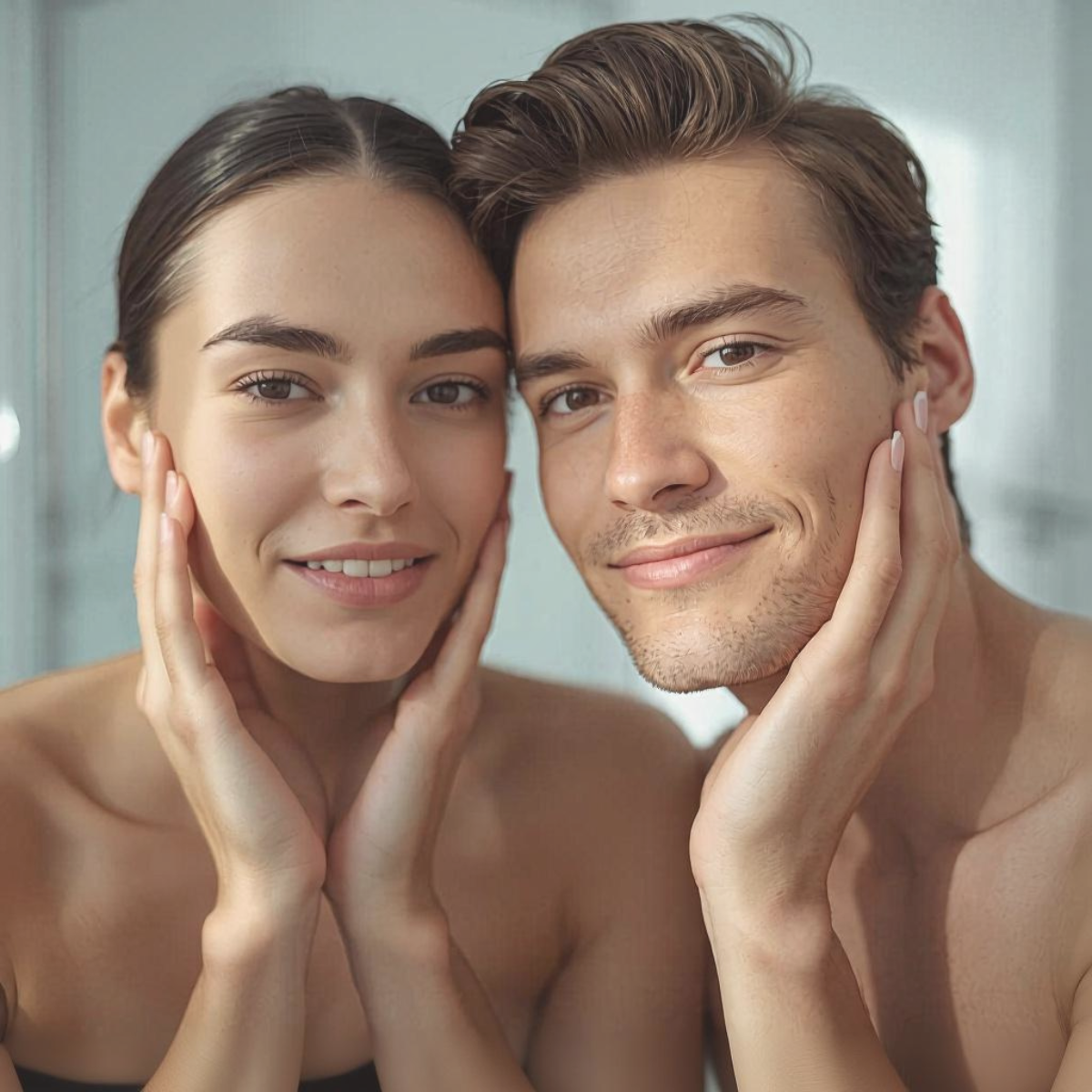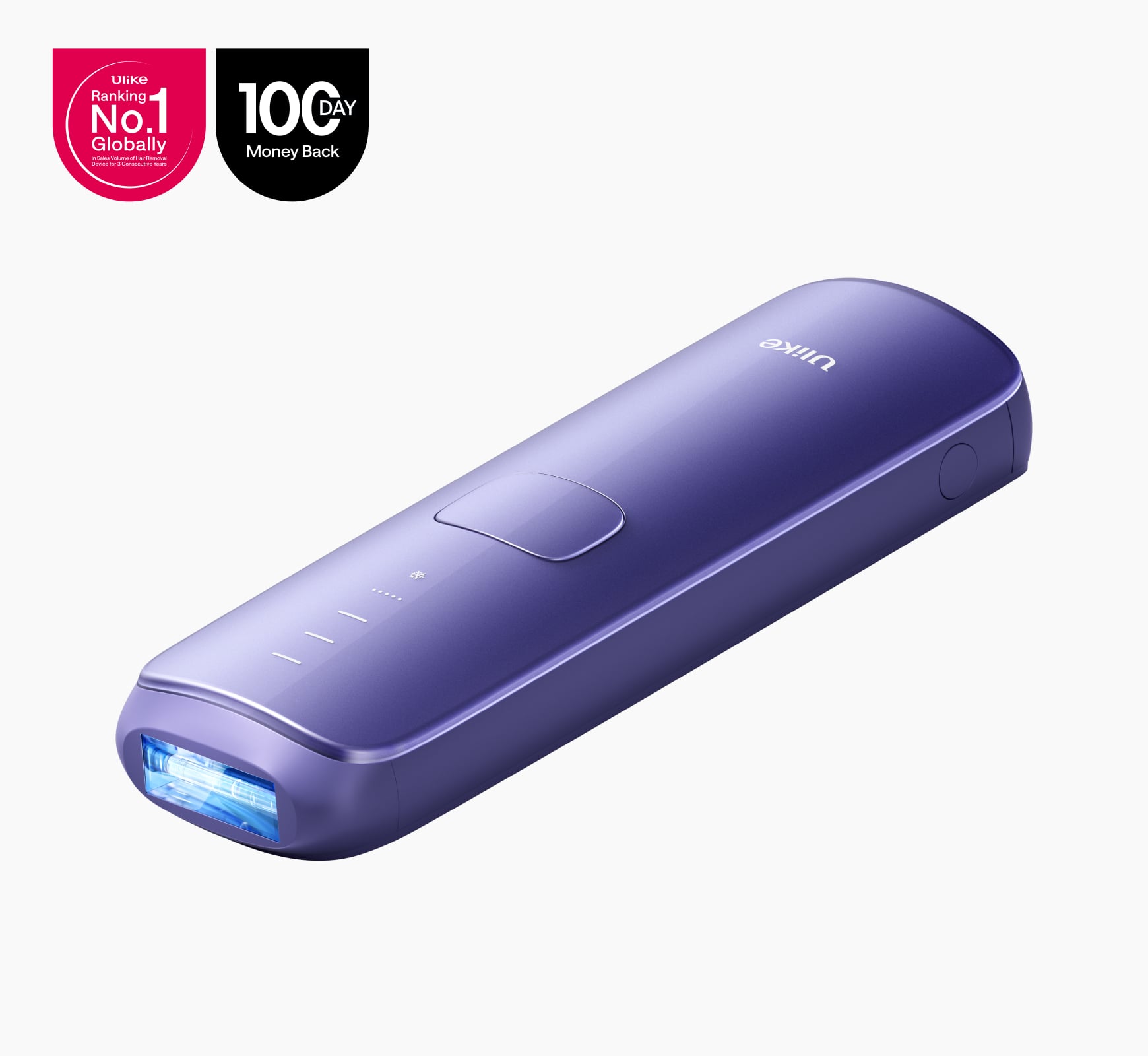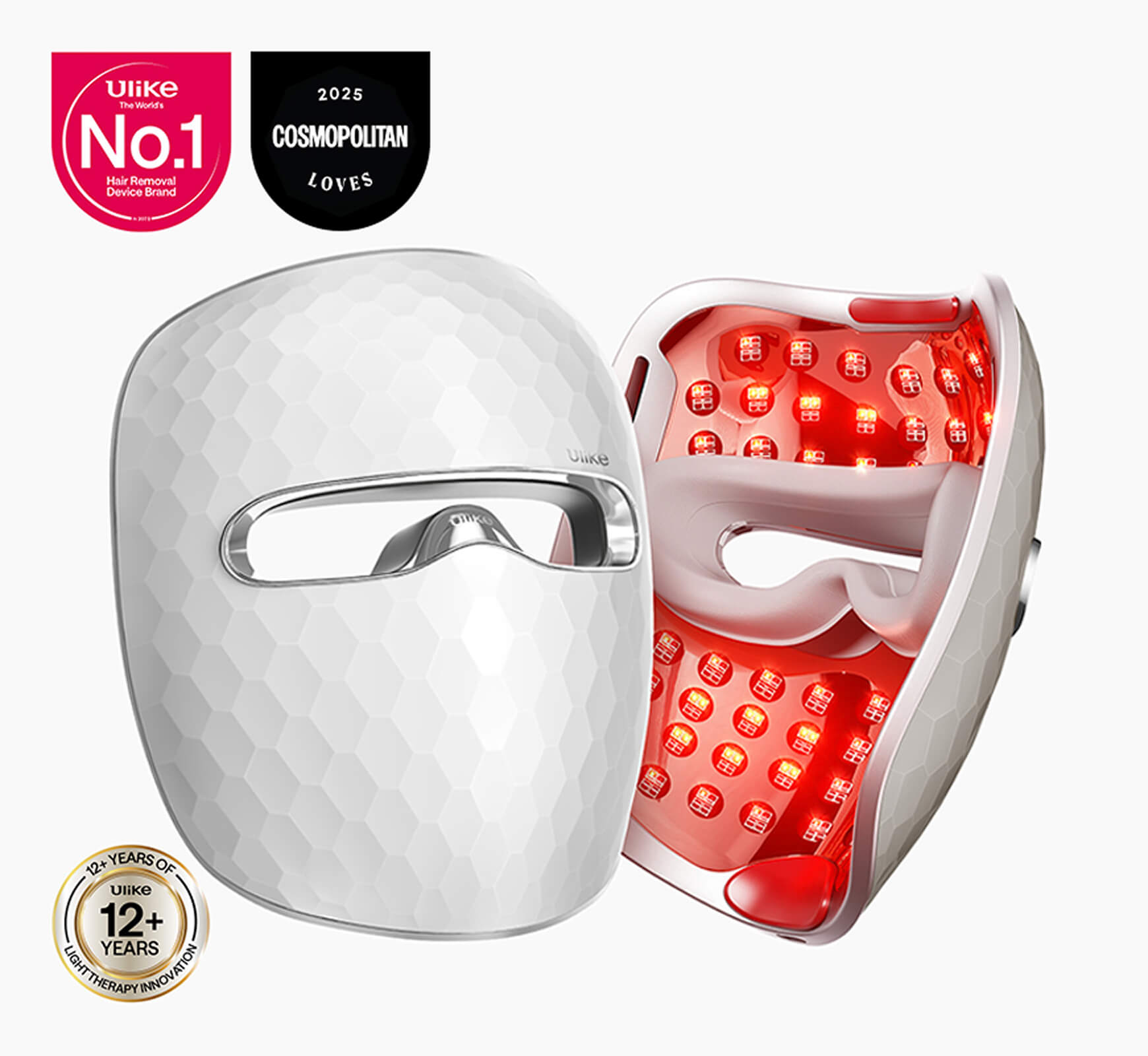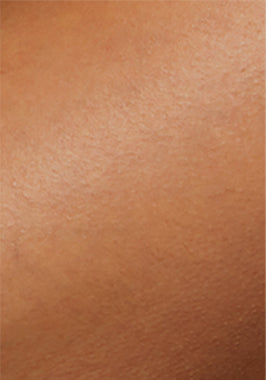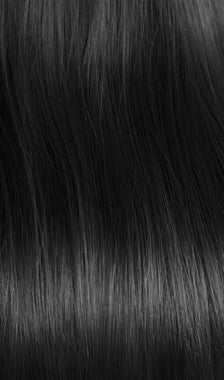Hair on Female Breasts: Causes, Treatments, and When to See a Doctor
Finding hair on female breasts can be surprising, but it is more common than many people realise. A few strands around the nipples or across the chest do not usually signal a medical problem, and for most women, it is completely normal. Still, it is understandable if you feel self-conscious or start wondering why it happens in the first place.
The truth is that breast hair can appear for a number of reasons. Hormonal changes, family genetics, certain health conditions, or even medication side effects may all play a role. In many cases, hair on female breasts is simply a natural variation, but sometimes it can be a sign that you should speak to a GP, especially if the hair growth appears suddenly or changes quickly.
If you would prefer smoother skin, there are safe ways to manage or remove hair on female breasts. From simple methods like shaving or tweezing to longer-term options such as IPL, you have choices that can suit your comfort level and lifestyle.
In this guide we will explain the main causes of hair on female breasts, when it may be worth seeking medical advice, and the best options for removal and prevention.

Is Hair on Female Breasts Normal?
Noticing hair on female breasts (yours) can catch you off guard, but it is far more common than many people think. Nearly one in three women report having hair on or around their nipples, though the true figure may be higher since many people do not mention it to a clinician.
Hair grows from follicles all over the skin, and the chest is no exception. Hormones, age, and family traits all shape how visible those hairs are. It is normal to see more hair on female breasts during puberty, in pregnancy, and around the menopause because those are times when hormone levels change. Some people simply inherit a tendency for more noticeable body hair, which is why you might see it more often in some families.
A small proportion of women have a pattern of excess, coarse hair known as hirsutism. Studies and clinical guidance put hirsutism at around 5 to 10 per cent of women in Western populations. That condition is different from the occasional stray hair, and it can be linked to hormonal disorders such as polycystic ovary syndrome.
For most people, having hair on female breasts is a cosmetic matter rather than a health problem. It is sensible to speak to your GP if you notice a sudden increase in hair, a change in texture to thicker, darker hair, or other symptoms such as irregular periods or new acne. A brief check can rule out anything that needs treatment and also point you to safe ways to manage it.
Why is there Hair on Female Breasts?
Hair on female breasts is a natural occurrence, and there are several reasons why some women notice it more than others. Understanding the possible causes can help you work out whether it is simply part of your body’s normal pattern or whether it might be linked to a health condition.
Hormonal changes
Hormones are one of the most common reasons for hair on female breasts. The balance of oestrogen and androgens in the body influences where and how much hair grows. When oestrogen levels dip or fluctuate, the effect of androgens can become more noticeable, leading to hair growth in places such as the nipples or chest.
This is why you may first see hair on female breasts during puberty, when the body is adjusting to new hormone levels. It can also appear in pregnancy, when hormones shift significantly, and during menopause, when oestrogen naturally declines. Even stress can cause temporary imbalances that make hair on female breasts more visible.
Genetics and inheritance
Family traits play a large role in hair on female breasts. If your mother, grandmother, or sisters have noticeable breast hair, there is a good chance you will as well. Hair growth patterns are strongly influenced by genetics, so what you inherit will shape how much or how little you see.
PCOS and other conditions
Polycystic ovary syndrome (PCOS) is a common condition that affects how the ovaries work. Women with PCOS often produce higher levels of androgens, which can cause hair to appear on the face, chest, or around the nipples. This pattern of excess, coarse hair is known as hirsutism.
PCOS is not the only medical reason. Other hormone-related conditions, such as adrenal disorders or thyroid imbalances, can also contribute to unusual hair growth. If breast hair appears suddenly or comes with symptoms such as irregular periods, acne, or weight changes, it may be worth discussing with your GP.
Medications
Certain medicines can cause hair on female breasts as a side effect. Drugs that affect hormone levels, such as steroids or some antidepressants, may increase the likelihood of developing hair on the chest or nipples. If you notice new breast hair soon after starting a prescription, it is worth mentioning to your doctor or pharmacist.
Ethnicity and natural variation
Ethnicity is another factor in how hair on female breasts appears. Women from Mediterranean, Middle Eastern, or South Asian backgrounds are more likely to have visible body hair, including on the chest. This is part of normal genetic variation and does not mean there is anything wrong with your health.
In most cases, hair on female breasts is caused by a mix of natural hormonal changes, family inheritance, and genetic background. Sometimes medical conditions or medications play a part, but these are less common. If you are concerned or notice sudden changes, your GP can check whether the hair growth is simply cosmetic or linked to something that needs attention.

Does Hair on Female Breasts Change Over Time?
Yes, hair on female breasts can change throughout a woman’s life. The way hair appears often reflects shifts in hormone levels, which means it is not unusual to see differences at certain stages.
Puberty
During puberty, hormone levels increase and trigger the development of secondary sexual characteristics. For some girls this includes the appearance of nipple hair or fine strands on the chest. In most cases the hair on female breasts are light or sparse, though for some they can be darker. This is usually a normal part of puberty and not a cause for concern.
Pregnancy and after birth
Hair on female breasts during pregnancy is common. Rising hormone levels can stimulate extra hair growth in places where it was not noticeable before. Some women see more hair on their breasts, stomach, or face while pregnant. After birth, and especially after breastfeeding, hormone levels gradually return to their usual balance, and the extra hair often sheds on its own within a few months.
Menopause and ageing
As women reach menopause, oestrogen levels fall. Lower oestrogen means that the natural effect of androgens becomes more obvious, which is why many women notice new body hair at this stage. Menopause body hair may appear around the nipples, on the chin, or on the upper lip. While it can feel frustrating, it is a normal result of ageing and hormone changes.
Hair on female breasts does not always stay the same, and shifts over time are usually part of natural hormone cycles. If the change feels sudden or is accompanied by other symptoms, checking in with your GP can give reassurance and advice.
When to See a Doctor for Hair on Female Breasts
Most hair on female breasts is harmless, but there are times when it makes sense to check in with your GP. The main sign to look out for is a sudden increase in the amount or thickness of the hair. If you normally have a few fine strands but begin to see coarse or darker hair appearing quickly, that may point to a hormonal change that needs attention.
Excessive hair on female breasts is sometimes linked to conditions such as polycystic ovary syndrome (PCOS). This happens when higher levels of androgens encourage hair growth in places that are more typical for men, including the chest, face, and back. Other symptoms of PCOS can include acne, irregular periods, or difficulty managing weight. Rarely, a deeper voice or thinning hair on the scalp can also appear, which suggests a more significant hormonal imbalance.
Medications can sometimes trigger sudden growth of hair on female breasts, too. If you notice changes soon after starting a new prescription, it is sensible to mention it to your doctor or pharmacist.
NHS guidance is clear that you do not need to feel embarrassed about raising these concerns. Your GP can check for underlying causes, arrange simple blood tests if needed, and talk through safe treatment options. In many cases the hair is still a natural variation, but speaking up provides peace of mind and ensures anything important is not overlooked.
Safe and Unsafe Ways to Remove Hair on Female Breasts
If you would prefer smoother skin, there are safe hair on female breasts removal options to consider. The method you choose will depend on how much hair you have, how sensitive your skin is, and how long you want the results to last.
Safe methods to Remove Hair on Female Breasts
Trimming is the gentlest approach to removing hair on female breasts and avoids irritating the skin. Shaving is another option, though it should be done carefully with a clean razor to reduce the risk of cuts or ingrown hairs. For longer-term results, light-based treatments such as IPL or professional laser hair removal can reduce regrowth over time. These methods are generally safe when used correctly and are less likely to damage delicate skin around the breasts.
Unsafe methods to Remove Hair on Female Breasts
Not every option is recommended. Many women wonder, is plucking nipple hair safe? Plucking can cause irritation, ingrown hairs, and even infection because the area is sensitive. Harsh chemical hair removal creams are also best avoided on the chest, as they can trigger burning or scarring. Over-waxing the area carries similar risks of skin trauma and discomfort.
The safest approach to remove hair on female breasts is to choose a method designed for sensitive areas and to avoid anything that causes repeated irritation. If in doubt, ask a GP or dermatologist for advice, especially if you have frequent regrowth or skin reactions.
Hair on Female Breasts Removal Options
If you’ve decided you’d feel more comfortable without hair on your breasts, there are several methods available. Each comes with its own pros and cons, and the best choice depends on how much hair you have, how sensitive your skin is, and what results you’re looking for.
Shaving to Remove Hair on Female Breasts
Shaving is quick, affordable, and easy to do at home. With a clean razor and gentle technique, it can remove hair in seconds. However, shaving doesn’t last long and regrowth can appear within a few days. Some women also find it leads to bumps or irritation if the skin is already sensitive.
Tweezing to Remove Hair on Female Breasts
Tweezing can be helpful if you only have one or two noticeable hairs. It’s precise and doesn’t require any equipment beyond a pair of clean tweezers. The downside is that plucking around the nipples can be painful and sometimes cause ingrown hairs or infection, so it’s best used sparingly.
Waxing to Remove Hair on Female Breasts
Waxing pulls hair from the root, meaning results last longer than shaving or tweezing. That said, waxing breast hair can be uncomfortable, especially close to the nipples, and it may cause redness or sensitivity. Some people find this method too harsh for such a delicate area.
IPL Hair Removal for Hair on Female Breasts
Intense Pulsed Light (IPL) technology uses gentle flashes of light to target the hair follicle, slowing regrowth over time. Unlike shaving or waxing, IPL offers a longer-lasting solution and is safe to use on hair on female breasts when applied correctly.
At-home devices make this option more accessible than ever. The Ulike Air 10 IPL handset, for example, is clinically tested, designed for sensitive areas, and offers visible reduction in just a few sessions. For women looking for convenience without frequent salon visits, IPL can be a reliable choice.

Laser Hair Removal for Hair on Female Breasts
Laser hair removal for hair on female breasts, carried out in a clinic, works in a similar way to IPL but with a more concentrated beam of light. It can deliver longer-lasting results, often after a course of sessions. The main drawbacks are cost and the need for multiple appointments, which not everyone finds practical.
Electrolysis for Hair on Female Breasts
Electrolysis is the only treatment approved as a permanent solution for unwanted hair on female breasts. It works by inserting a fine probe into the follicle and applying a small electrical current. While effective, electrolysis can be painful, time-consuming, and expensive, making it less common for treating a few breast hairs.
Comparing Hair on Female Breasts Removal Methods
| Hair on Female Breasts Hair Removal Method | Cost | Pain Level | How Long It Lasts |
|---|---|---|---|
| Shaving | Low | Minimal | A few days |
| Tweezing | Low | Moderate | 1–2 weeks |
| Waxing | Medium | High | 3–6 weeks |
| IPL (Ulike) | Medium–High | Low | Months, with long-term reduction |
| Laser | High | Low–Moderate | Long-term, several sessions |
| Electrolysis | Very High | Moderate–High | Permanent |
What’s the Best Option for Hair on Female Breasts Removal?
The right way to manage hair on female breasts depends on how much you have, how quickly it grows back, and how much time and money you want to invest.
Temporary methods like shaving, trimming, or waxing are quick fixes, but they need repeating often. They can work if you only notice a few stray hairs now and again, but they may leave the skin irritated if used too frequently. Tweezing is similar, fine for the odd hair but not ideal for regular upkeep, especially near the nipples where skin is more sensitive.
Permanent or long-term methods such as laser and electrolysis give lasting results but are more costly and usually require a clinic visit. Electrolysis in particular can take multiple appointments, and while it is effective, the process can be uncomfortable and time-consuming.
For many women, IPL offers a balance between convenience, safety, and results. A high-quality at-home device such as the Ulike Air series is designed to be gentle on sensitive skin yet powerful enough to reduce regrowth over time. It is more affordable than repeated salon sessions and avoids the hassle of daily shaving.
If you want a practical, longer-term solution without committing to costly clinic treatments, IPL is often the best middle ground.
Can You Prevent Hair on Female Breasts?
It is not always possible to stop hair on female breasts from appearing, as genetics and natural hormone patterns play a large part. Some women simply inherit a tendency for more visible body hair, and that cannot be prevented.
That said, lifestyle choices can make a difference. Keeping a healthy weight, eating a balanced diet, and staying active may help regulate hormone levels, which in turn can reduce the chance of new growth. Stress management is another useful step, since stress can influence hormones and sometimes trigger changes in body hair.
If hair growth is linked to a medical condition such as PCOS, following your doctor’s treatment plan can help keep it under control. It is important to keep expectations realistic. Hair on female breasts is common and natural, and while you can manage it with safe removal methods, it is not always possible to stop it completely.
Conclusion: Hair on Female Breast Hair Removal Solution for You
A few hairs on the breasts or around the nipples are entirely normal and something many women experience. In most cases, it is harmless and nothing to worry about. If you ever notice sudden changes, thicker growth, or other symptoms, it is best to check in with your GP for reassurance.
For those who prefer smoother skin, safe options are available. While shaving or waxing work as quick fixes, an at-home IPL device such as Ulike provides a gentler and longer-term solution. Designed for sensitive areas, it helps reduce regrowth over time and offers a convenient way to manage hair on female breasts at home.
FAQs About Hair on Female Breasts
Is it normal to have hair on my nipples?
Yes. Many women notice fine or dark hairs around their nipples, and it is usually harmless. Studies suggest up to 30% of women report nipple hair, so you are not alone.
Does shaving make it grow back thicker?
No. Shaving only cuts the hair at the surface of the skin. It may feel coarser as it grows back because the blunt edge is more noticeable, but the thickness and speed of growth do not actually change.
Is IPL safe on sensitive areas like nipples?
Yes, if used correctly. Devices such as Ulike are designed with sensitive skin in mind, but the light should not be applied directly to the nipple itself. Treat the surrounding area instead, following the safety instructions.
Can hair on female breasts mean PCOS?
It can, but not always. PCOS is one possible cause if hair growth is combined with other symptoms such as irregular periods, acne, or weight changes. If you are unsure, speak with your GP.
Does hair on female breasts go away after menopause?
Hormonal shifts in menopause can change body hair patterns. Some women see less growth, while others notice new coarse hairs. It varies from person to person and is usually not a medical concern.
Related Readings: Hair on Female Breasts
- Ulike for PCOS
- PCOS Facial Hair: Causes, Treatments & Safe Hair Removal Options
- Ulike Air 10: The Best At Home Laser Hair Removal Tool of 2025?
- Electrolysis vs Laser Hair Removal: Which is the Best Choice for You?
- Does Laser Hair Removal Work for PCOS?
- IPL vs Laser: What’s the Difference & Which is Better for Hair Removal?
- Best IPL Hair Removal Devices and Laser Machines in the UK for 2025
- Ulike Reviews 2025: What Real Users Say (Trustpilot,Youtube)
- Best IPL Laser Hair Removal Device with Cooling System (UK Guide 2025)
- Best IPL Hair Removal Devices for Smooth Skin at Home 2025

